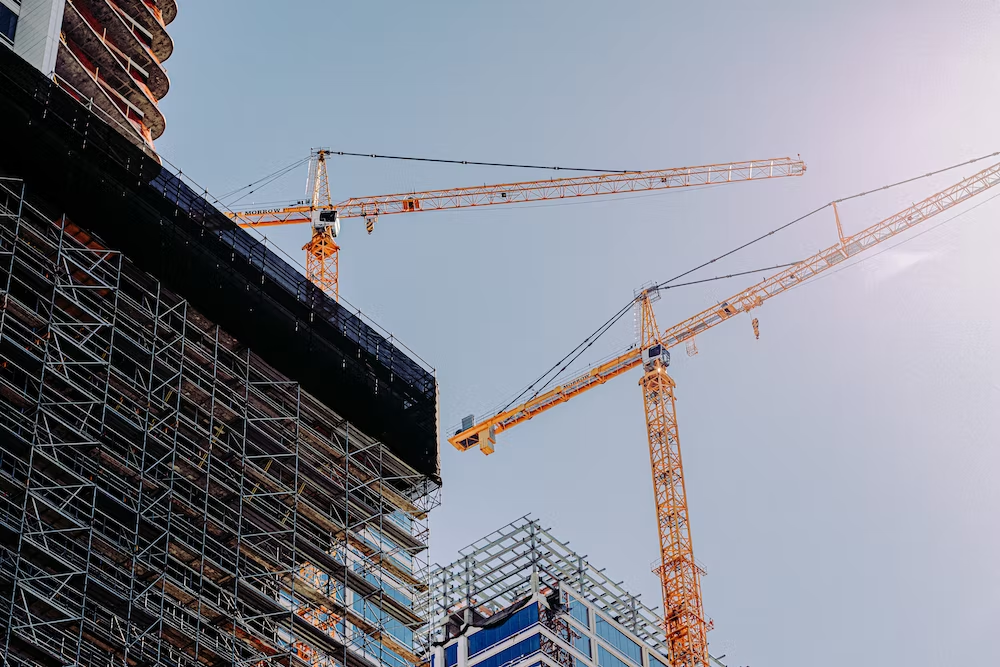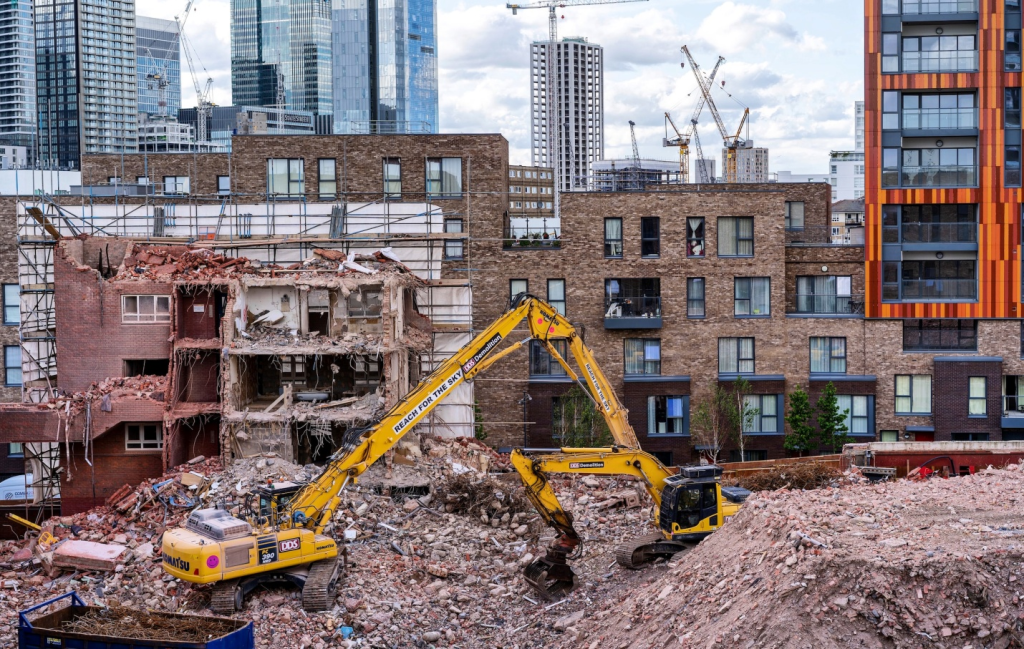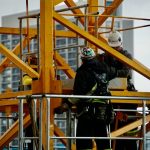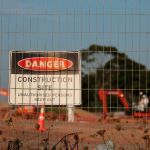The New York City Department of Buildings’ second annual Construction Safety Report shows that 712 construction-related incidents occurred in 2021 across the city’s five boroughs, resulting in 505 injuries and nine worker deaths. Safety and Health Magazine, an NSC publication, notes that NYC construction accidents and fatalities have decreased for the third consecutive year, thanks to the DOB’s stringent regulations to ensure worker safety on construction and demolition sites.
The DOB takes safety very seriously during the construction and demolition of buildings. NYC is densely populated, and high-rise buildings are on every street corner. As a result, construction and demolition projects often pose safety risks to workers and the public.
NYC passed Local Law 45 in 1983, requiring a site safety plan for major construction projects. In addition, it also required a licensed site safety manager or coordinator to oversee compliance on Major Buildings. Today, DOB Chapter 33 encompasses this law and expands on it.
What is a Site Safety Plan?
The most important thing to note is that a site safety plan is essential before proceeding with any construction or demolition work. Section 3310.3 of the DOB Chapter 33 states that no permit will be issued for works listed in Section 3310.1 until a site safety plan meeting the requirements of Article 110 of Chapter 1 of Title 28 of the Administrative Code is approved by the DOB.
Section 3301.13.1 states that a permit holder must also submit a statement attesting the site safety plan meets the requirements of Article 110 of Chapter 1 of Title 28 of the Administrative Code to the DOB for work on non-major buildings.
It’s also important to distinguish between major and non-major buildings. Major buildings are existing or proposed buildings ten stories or more. They must also be at least 125 feet or higher with a building footprint of over 100,000 square feet.
Alternatively, a commissioner can also designate an existing or proposed building as a major building if there are unique hazards involved in its construction or demolition.
A site safety plan prevents safety hazards on demolition and construction sites. It details how to contain collateral damage if an incident occurs at height.
What’s included in a Site Safety Plan?
Per the NYC DOB’s Code, a site safety plan must include the following components:
- Details about construction fences placed around the work sites.
- Locations of gates in the construction fences.
- Details about the standard guardrails located around excavations, if necessary.
- A site safety plan must also include information about a horizontal and vertical netting program. It should detail when these were installed, the schedule of horizontal jumps and vertical installations, and designated crane and derrick lifting areas where horizontal netting isn’t installed. It should also include attachments that show approval from the DOB.
- The site safety plan must also include the location of sidewalk sheds.
- It should detail the location of temporary walkways, including transportation permit numbers and department application numbers.
- It should also include information about the protection of excavation.
- Detail street and sidewalk closings locations, including approval from the appropriate department.
- It must include the location of footbridges and motor vehicle ramps.
- Detail the approximate location of material and personnel hoists and loading areas.
- The plan must include the approximate location of the crane and derrick loading areas.
- Detail the location of surrounding buildings, including if they require roof protection.
- It must include the location of all standpipe and siamese hose systems.
- The site safety plan must also have information about where temporary elevators for fire department use are located if the building is above 75 feet.
- It should also detail where exterior contractors’ sheds are located.
- It must have information about safety netting and scaffolding.
- It must detail the width of sidewalks and roadways while including information about traffic in the worksite’s area.
- A copy of the designated site safety manager or coordinator’s certificate is also crucial.
- It should also provide information about special sequence items and a description explaining the sequence of operations.
- The site safety plan must also have an OSHA statement attached detailing that all workers have completed a ten-hour course approved by OSHA in the previous five calendar years.
- Attaching a statement highlighting that workers have received site-specific worker orientation as required by Section 3310.10.1 of the NYC Building Code is also crucial.

Get Started with RC Safety Inc
RC Safety Inc is an independent organization specializing as a site safety consultant in NYC. The company provides professional and competitive site safety services for construction sites in NYC. We’ve assisted numerous organizations with their worksite safety. If you’re looking for professional site safety managers, consider RC Safety Inc.
Visit our website for more information. Alternatively, call us on (718) 669-5454 to get started.





